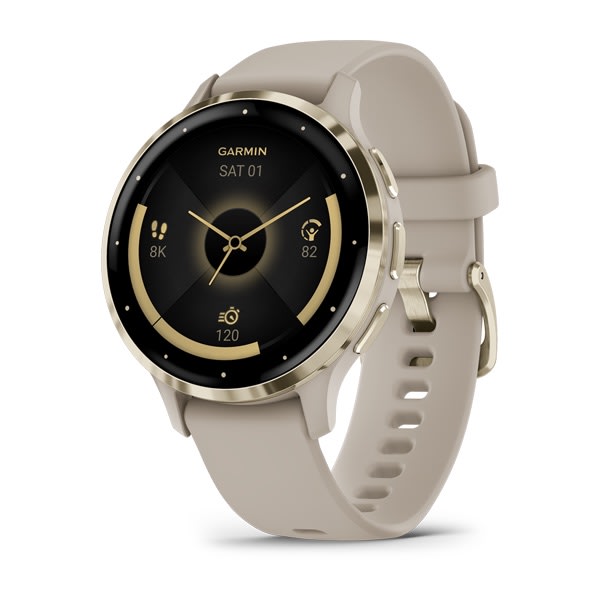
Understanding the HRV Status on Your Garmin Smartwatch
Life is full of highs and lows. Between a busy work schedule, time-consuming training sessions and fitting in time to take some well-deserved “me time,” it can be hard to find a balance between productivity and relaxation. The idiom “too much of a good thing” remains true in our everyday lives — especially when it comes to heart rate variability (HRV).
What is HRV?
HRV is the always-changing interval between heartbeats. If your heart is beating at 60 beats per minute, those 60 beats are not going to be evenly spaced — which is completely normal. When checking your pulse, you won’t even notice the milliseconds of difference between beats, but those small fractions can teach us quite a bit about how stressed or well-rested we are. HRV status interprets your HRV values to tell you how your body is reacting to and navigating through life, both the rewarding and challenging parts.
Because heart rate variability varies from one day to the next, watches with HRV status will record it each night for 3 weeks and then create a sensible scale that provides you not only with last night’s HRV value, but also a status category to give a more comprehensive picture of how balanced your life is. This can help you know when you need to slow down and take a breather.
Curious about how your HRV status works? Here is everything you need to know about watches with HRV status, and how this status can help you lead a more balanced life.
When is HRV measured?
To get an understanding of a healthy, stable HRV status, your compatible Garmin smartwatch will measure the time between your heartbeats while you sleep. This ensures that the measurements are taken under consistent circumstances from day to day to calculate your personal baseline — that sensible scale mentioned earlier.
After the first 7 days of sleeping with your watch on, you will be able to see your 7-day average. This allows you to see how your body is recovering at night and working toward maintaining homeostasis. After three weeks, you’ll be able to compare your 7-day average to your baseline and see how your daily routine is impacting your ability to recover and remain healthy.
High versus low HRV
When your 7-day HRV average is slightly above or below your personal baseline range, your HRV status moves to “unbalanced,” which indicates that something isn’t quite right. If you increase your workout routine significantly, you might notice that your HRV status is above your personal baseline range. This may seem like a good thing, but what this really means is that your body is working overtime to recover.
An HRV status below your baseline range can also be attributed to training too hard, but it might also be a lack of quality sleep, stress, a change in physical activity, not meeting nutritional needs, or a cocktail or two. Consistently poor habits can make it harder for your body to process these things and stay healthy.
Balancing your HRV status
Just like life, your body thrives when it is in balance. Your HRV status is balanced when it is experiencing a good mix of stressful situations and restoration — meaning your body is good at handling stressful situations. This is reflected in your personal baseline range.
It’s not always easy to leave stressors behind. Sometimes, we face one stressful thing after another, and it becomes hard to not be restless. When your 7-day HRV status dips drastically below your personal baseline, your HRV status will be categorized as “low.” If your HRV status is lower than the standard HRV for good health in your age group, then your HRV is considered “poor.”
There are simple solutions to balancing your HRV status that you can work slowly into your day-to-day routine. Using what you know about your personal baseline range and taking a deeper dive into your 7-day average, you’ll be able to notice patterns between your behavior and your HRV status. If one day you piled on extra sets in your workout, you may notice that your HRV status average was unbalanced that day. Trying to get an extra 30 minutes of sleep, consuming healthier foods, throwing in some light exercise and sipping on water may all help bring your HRV status back to balanced.
Can I compare my HRV status to someone else’s?
No. Because everyone’s heart beats differently, someone else’s personal baseline range might look different than yours. What is normal for one person may not be for another, and that is OK. This is why watches with HRV status take time to build a person’s profile.
____________________________________________________________________________________
It doesn’t get much better than a smartwatch with HRV status. Knowing what your body needs and when it needs it can help you achieve a happier, more balanced life. See @garminfitness on Instagram and the Garmin health science page to learn more about HRV status. And while you’re at it, shop all Garmin smartwatches with HRV status to find your perfect match.







